Search Results for 'Galway County Library'
9 results found.
Monivea Show — great day out for the family
A fantastic day out for all the family, the annual Monivea Show will take place on Sunday September 8.
Traffic changes in Galway
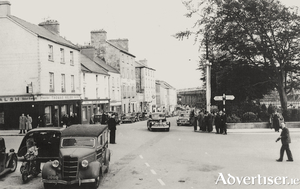
When the city was being constructed in medieval times, the streets and even the lanes must have appeared wide and spacious. The only kind of traffic they would have experienced then would have been pedestrian, horse or donkey and cart and maybe the odd wheelbarrow. We have two images for you today of the east side of Eyre Square the first (courtesy the National Library) dates from c1890 and shows that type of traffic; The second (courtesy Galway County Library) shows the same area with motorised traffic. Since the latter was taken, the population has grown by 6 or 7 times, and of course, the traffic volumes have increased accordingly. So the Corporation had to make occasional changes to the bye-laws in relation to traffic.
Monsignor McAlpine would not take orders from boys he had baptised
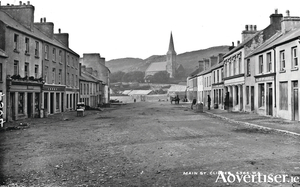
After sporadic fighting in Galway during the summer of 1922, and the occupation of some buildings in the town, including the old RIC barracks in Eglington Street, and the former Connaught Ranger barracks at Renmore, the anti-Treaty forces withdrew into Connermara, and into the east Galway countryside.
Old Galway newspapers

The first book printed in Ireland was The Book of Common Prayer in 1551. As printing became more sophisticated, newspapers became inevitable. The first gazettes were published originally in manuscript – the word gazette being derived from gazetto, a coin of Venice, the amount paid for reading the news. The earliest printed newspapers began to appear around the end of the 16th century. These were small, quarto in size, printed on one or both sides of the page, or of four pages containing intelligence of public interest which were variously called 'Books of Newes', ‘Newe Newes’, 'Wonderful Newes', ‘Bloody Newes out of Ireland’, etc.
'The Pools' in Salthill

The ladies and children’s bathing pools in Salthill were blessed by Canon Davis in 1930. These were two linked tidal pools which filled up when the tide came in and emptied when the tide went out. The floors were of sand so they were a perfect playground for children even when they had dried out. Thousands of children and adults learned how to swim there with Jimmy Cranny of Galway Swimming Club and Christy Dooley of Blackrock Swimming Club teaching organised groups on alternate evenings throughout the summer.
The last boat to use the canal
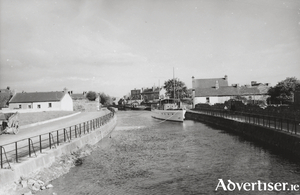
On March 8, 1848, work was started on the Eglinton Canal. The Harbour Commissioners had been anxious to develop the New Dock. There were about 300 boats in the Claddagh and the amount of seaweed landed for manure in the spring of 1845 was 5,000 boat loads, averaging three tons each. The seaweed factory had been moved up to ‘The Iodine’, so the work on the canal was vital. It would allow boats to go from the Claddagh Basin up to the lake, boats from Cong and Maam to get to the sea, and improve the mill-power on the Galway River.
The Claddagh Basin
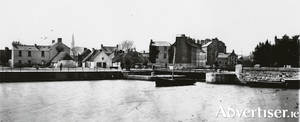
The actual cutting of what we now know as The Eglinton Canal began in March 1848. It provided much needed work during the Famine. It began at the Corrib Club and entered the sea near the Claddagh Church. The filling they dug out was used to fill terraces in UCG (which was also being built at the time) and to fill in the causeway behind Claddagh Quay. The Claddagh Basin and the Claddagh Quays were constructed to cater for the 300 boats which were operating out of the Claddagh at the time.
Christabel Pankhurst in Galway

Our image this week is of a newspaper advertisement for an extraordinary meeting that took place in the Town Hall 100 years ago today.
Mutton Island, Inis Caorach
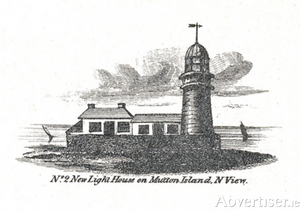
In the year 1132, the King of Munster besieged Dún Bun na Gaillimhe (the fortification at the mouth of Galway) on Mutton Island and and destroyed the castle. There is a reference in the year 1190 to Lismacuan, ‘The Fort on the Mouth of the Harbour’. In 1641 an order was made that the lands of Mutton Island were to be made use of as commonage for the inhabitants of Galway.

